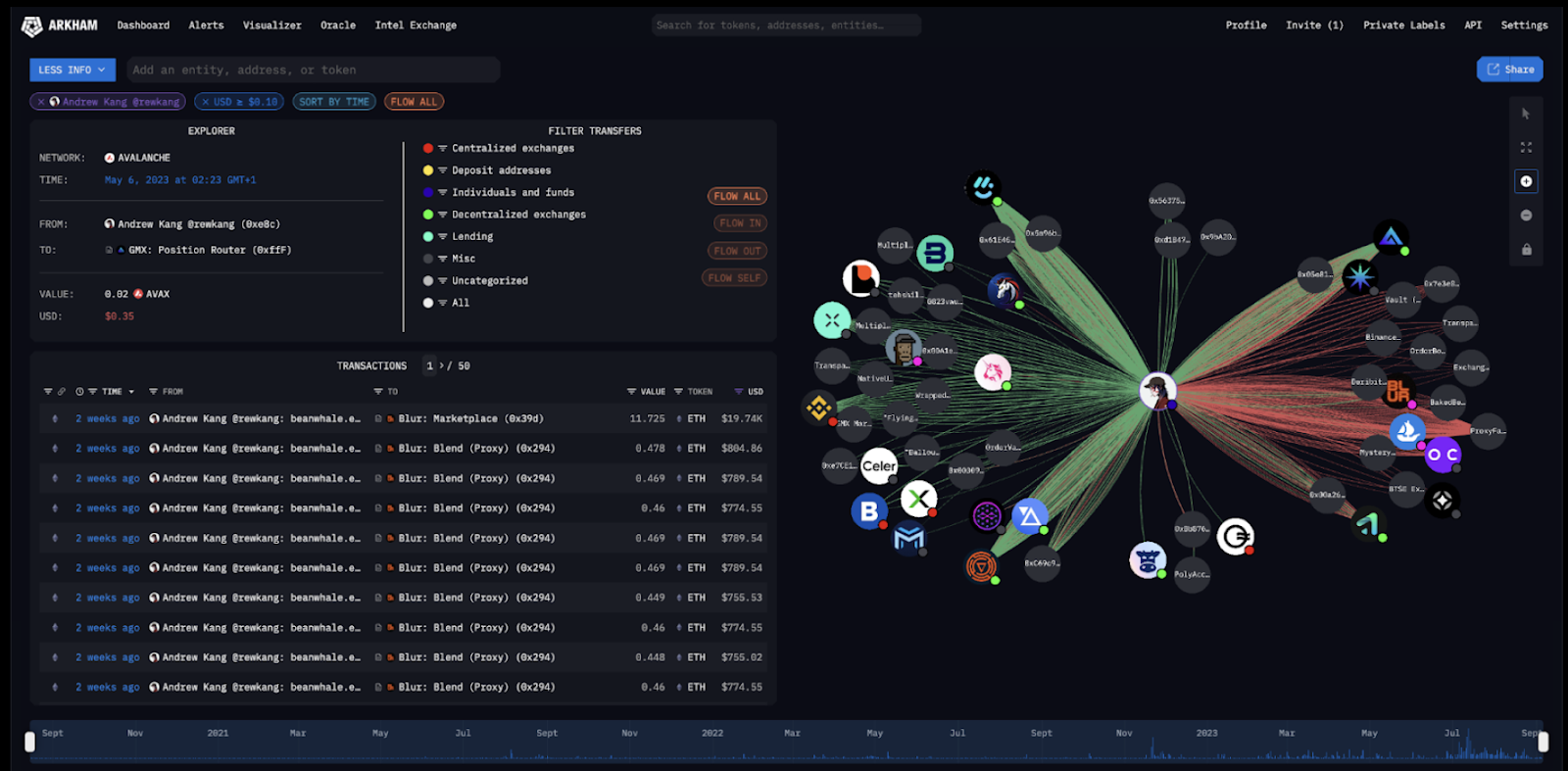The main conclusions:
On-chain analysis is a method used in the cryptocurrency world to evaluate and interpret blockchain data.
Off-chain transactions take place outside of the main blockchain network.
On-chain analysis uses numerous indicators, such as active addresses, transaction volume, total blocked value, etc.

While many new users rely solely on technical analysis to make trading decisions, a large group of more experienced traders turn to on-chain data. A survey of managers of Fortune 500 companies showed that 56% of them are working on online projects.
Onchain analysis involves studying information from the blockchain, such as transactions and wallet addresses. With open financial data, traders get valuable facts about trends, sentiments and behavior of other investors.
Simply put, the blockchain is an open book that can be read by anyone, and on-chain analysis, for its part, turns data from it into useful information. For example, an investor wants to invest in a particular cryptocurrency and instead of spending a lot of time researching it, he just studies the report with everything he needs.
On-chain analysis is the most important component in cryptocurrency trading. It provides real-time economic activity on the blockchain, serving as a radar for smart investments and strategies.
The benefit of onchain for cryptocurrency traders
Onchain analysis, as a key tool for traders in the world of cryptocurrencies, has a number of advantages:
Identification of market trends. By analyzing wallet activity and transaction volumes, traders can see trends and make predictions about future price movements.
Transparency. Since blockchain data is public and immutable, users are able to verify it themselves to avoid becoming victims of fraud.
Fraud detection. On-chain analysis can reveal suspicious transactions that indicate a security breach. This way, the community will be notified in time and able to protect their assets.
It was thanks to on-chain analysis that ZachXBT - a well-known crypto researcher - exposed the theft of $62 million from the Munchables NFT game on the Blast blockchain.
So, on-chain analysis has various practical applications in the field of cryptocurrencies. It helps traders, investors, and analysts understand market dynamics and market conditions, enabling more informed decision-making.
Onchain vs Offchain
On-chain transactions take place directly in the blockchain. Their verification is done using consensus mechanisms such as Proof of Stake (PoS) and Proof of Work (PoW). Once a transaction is analyzed and added to a block, it becomes a permanent part of the distributed ledger, providing transparency and immutability.
In contrast to onchain, there is offchain - any transaction that takes place outside the blockchain. It uses secondary networks for faster and cheaper transfers, although they may be less secure.
While both on-chain and off-chain transactions serve to transfer value in the cryptocurrency ecosystem, they serve different needs and use cases. The first type is used for transfers of large sums, where security and immutability are of primary importance. They provide a reliable transmission mechanism, eliminating the need for intermediaries.
On the other hand, off-chain transactions are aimed at solving scalability problems in the blockchain. They are suitable for small, frequent transfers, where speed and economic efficiency are more important. However, they can introduce additional complexities and potential hazards because they rely on secondary layers or networks.
Therefore, by understanding the differences and advantages of on-chain and off-chain transactions, users can make an informed decision and choose the right method for cryptocurrency transactions.
How to analyze onchain data?
On-chain analysis uses numerous indicators, for example:
Total Locked Value (TVL). TVL measures the total value of assets locked on blockchain controlled smart contracts or decentralized applications (dApps) addresses. This technology is used to assess the demand for the underlying asset. To verify TVL, one can monitor the daily or weekly value of the currency locked in various dApps, as well as the number of users and transactions.
Active addresses. Analysis of active addresses in the blockchain network can provide insight into user engagement. To track them, you need to look at the unique addresses that sent or received assets on the network.
Volume of transactions. This is the total number of transactions in the blockchain network for a certain period. It is used to assess the level of network activity and demand for the underlying asset. Analyzing transaction volume can help identify trends and patterns in user behavior.
Useful tools for on-chain analysis
Here are three examples of online data visualization tools:
Arkham. It's a platform where you can view portfolios of organizations, receive real-time alerts about their activities, and create custom dashboards to showcase the data you want to see. Apart from this, other unique features of Arkham are Intel Exchange (for buying and selling on-chain data from wallet addresses) and Oracle (an AI assistant for blockchain analysis).
Glassnode. It is one of the most popular on-chain analysis tools that offers cryptocurrency market research using blockchain indicators. Its dynamic data presents multiple charts and dashboards detailing wallet activity, balances, network growth, token supply, number of owners, and more.
Nansen. The platform combines blockchain data from more than 250 million wallets for high-quality on-chain analysis. Nansen is ideal for professional crypto investors who do deep network analysis. Newbies can also use it to learn more about digital currencies.
Challenges and future of on-chain analysis
Although on-chain analysis can offer valuable information, it is not without challenges and limitations, such as:
Limitation. Some of the cryptocurrency transactions always take place outside the network. Because of this, blockchain analysis only provides a partial view of overall market activity.
Scalability issues. As more and more transactions flood the network, it becomes more difficult to analyze the data quickly and efficiently.
Privacy and security. Despite the transparency of blockchains, privacy mechanisms such as coin mixing can hide transaction details, compromising user security.
Therefore, taking into account the problems, it is important to approach this analytical method more critically.
Follow us on Binance Ukraine social networks:
Telegram Channel | Telegram group | TikTok | Twitter | Facebook | Instagram | YouTube




